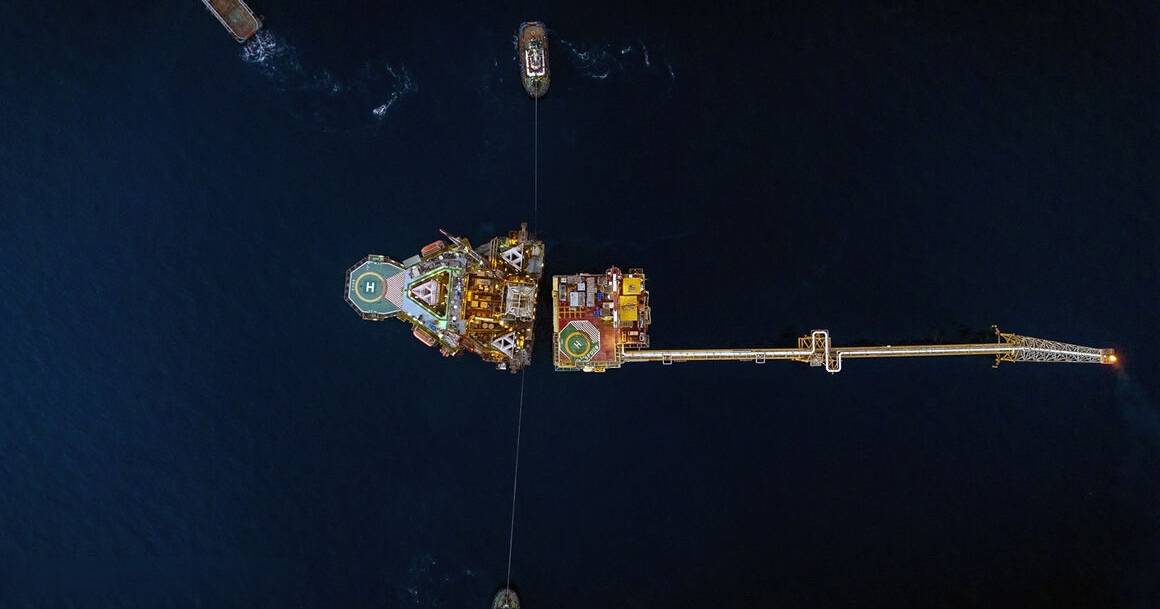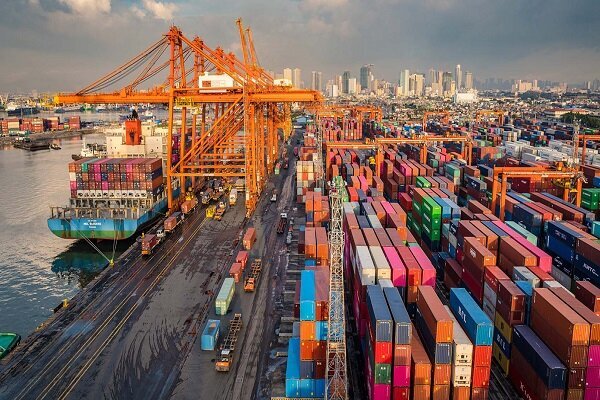Iran Set to Revive Offshore Oil Exploration After Six-Year Hiatus
Iran is gearing up to revive its offshore oil and gas exploration after a significant six-year pause, especially as regional competitors like Saudi Arabia and the United Arab Emirates (UAE) have made substantial discoveries and lucrative deals in their territories. The director of exploration at the National Iranian Oil Company recently announced that operations will recommence in Iranian waters, marking a pivotal shift in the nation’s energy strategy.
“For the first time in five years, we’ve signed a contract for an offshore exploration rig,” said Mohiyeddin Jafari, as reported by the oil ministry’s news website, Shana. “We hope to begin operations in shared maritime border zones by 2025.”
This announcement comes on the heels of Saudi Arabia revealing the discovery of 14 oil and gas fields and the UAE finalizing a $1.6 billion offshore exploration agreement. The renewed focus on offshore exploration is crucial for Iran, particularly given the competitive landscape in the region.
However, Jafari pointed out that a “shortage of rigs” was the primary reason for the halt in offshore oil and gas exploration. Despite this claim, reports from OPEC and Iran’s Ministry of Petroleum suggest that the number of drilling rigs in the country has remained relatively stable, at approximately 160 units, with around 20 allocated for offshore activities.
Challenges Facing Iran’s Offshore Exploration
- Uncertainty about the operational status of drilling rigs, many of which were manufactured by Western companies decades ago.
- In 2020, reports indicated that Iran struggled to obtain spare parts for Western-made rigs, with a quarter of its drilling platforms out of service and many operating at reduced capacity.
- According to the state-run IRNA news agency, 85% of Iranian rigs require repairs and parts replacements.
Another significant obstacle for Iran is the lack of financial resources. The Iranian Parliament’s Research Center has previously reported that annual investment in the upstream oil and gas sector has plummeted since the imposition of US sanctions in 2018. Investment has halved to around $3 billion annually, a stark contrast to the approximately $19 billion seen in the 2000s when Western companies were more active in Iran’s oil and gas sector.
Moreover, the costs associated with offshore exploration and drilling are considerably higher than those onshore, making it less of a priority for a government facing financial constraints.
Iran’s Position in the Caspian Sea
Interestingly, Iran stands out as the only littoral state in the Caspian Sea without active offshore oil or gas production. Its sole seismic vessel, Pajvak, was destroyed in a fire back in 2005, and its only offshore drilling platform in the Caspian, Amirkabir, was moved for maintenance a decade ago and remains inactive, just a short distance from the shore. As a result, the prospect of discovering new gas fields in the Caspian waters seems increasingly unlikely for Iran.
Ilham Shaban, head of the Caspian Oil Studies Center in Azerbaijan, highlighted the productivity of neighboring countries, stating that last year, Azerbaijan produced 580,000 barrels per day (bpd), Kazakhstan 350,000 bpd, and both Turkmenistan and Russia exceeded 100,000 bpd from their offshore fields. Additionally, Azerbaijan extracted around 50 billion cubic meters of gas from the Caspian Sea, with half of that exported mainly to Europe.
In contrast, Arab nations south of Iran have significantly engaged in developing offshore projects in collaboration with the Turkic states. Over the past two decades, the UAE’s Dragon Oil has invested $10 billion in Turkmenistan’s offshore sector and extended its investment agreement until 2035. In 2023, the Abu Dhabi National Oil Company (ADNOC) acquired a 30% stake in the Absheron gas field, the second-largest offshore gas field in the Caspian Sea, in a partnership with France’s TotalEnergies.
Moreover, just last month, Kazakhstan’s national oil company, KazMunayGas, officially invited ADNOC to invest in its offshore fields.
Iran’s Southern Waters and Joint Fields
Unlike the Caspian Sea, where Iran has no joint fields with its neighbors, all of Iran’s southern neighbors share offshore oil and gas fields with it. These countries not only produce several times more than Iran but are also rapidly developing their joint projects.
Currently, Iran extracts only 35,000 bpd from the joint Forouzan (Marjan) field with Saudi Arabia, while Saudi Arabia produces 18 times more from the same field. Additionally, they have signed contracts worth $12 billion to boost daily oil output to 800,000 barrels and gas production to 70 million cubic meters within the next four years.
Another notable joint field is Farzad (Hasbah), from which Iran has not produced any oil. Saudi Arabia has been producing 30 million cubic meters of gas daily from this field since 2013 and plans to ramp up production to 75 million cubic meters in the coming years.
Saudi Arabia and Kuwait also share two other fields with Iran—Esfandiar (Lulu) and Arash (Dorra)—with the former already developed and agreements in place for the latter. While Iran asserts its claim to these fields, both Arab nations have denied such claims.
In addition, Saudi Arabia and Kuwait have developed two more shared fields—Khafji and Wafra—with a combined production capacity of 500,000 bpd in the past decade, which are not joint with Iran.
Furthermore, Iran and the UAE share the Salman and Nosrat fields, with both countries producing around 50,000 bpd from Salman. However, the UAE extracts approximately 20 times more than Iran from Nosrat, at about 65,000 bpd. Iran also shares the Hengam field with Oman, with each country producing around 10,000 bpd.
Of utmost importance is the South Pars field, the largest gas field in the world, which Iran shares with Qatar. Qatar began gas production from this field a decade earlier than Iran and has extracted 2.5 times more gas than Iran from what it refers to as the North Dome. As the Iranian portion of the field entered its second half of life last year, production is expected to decline by 10 billion cubic meters annually. In contrast, Qatar has signed $29 billion in new contracts with international companies to enhance its gas production from the field by 65% by the end of this decade.






